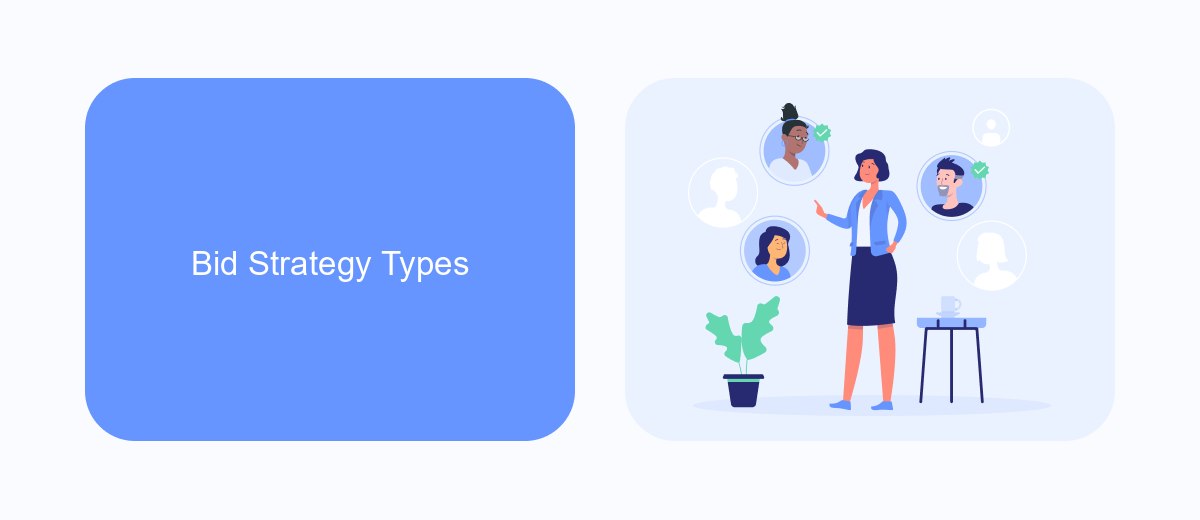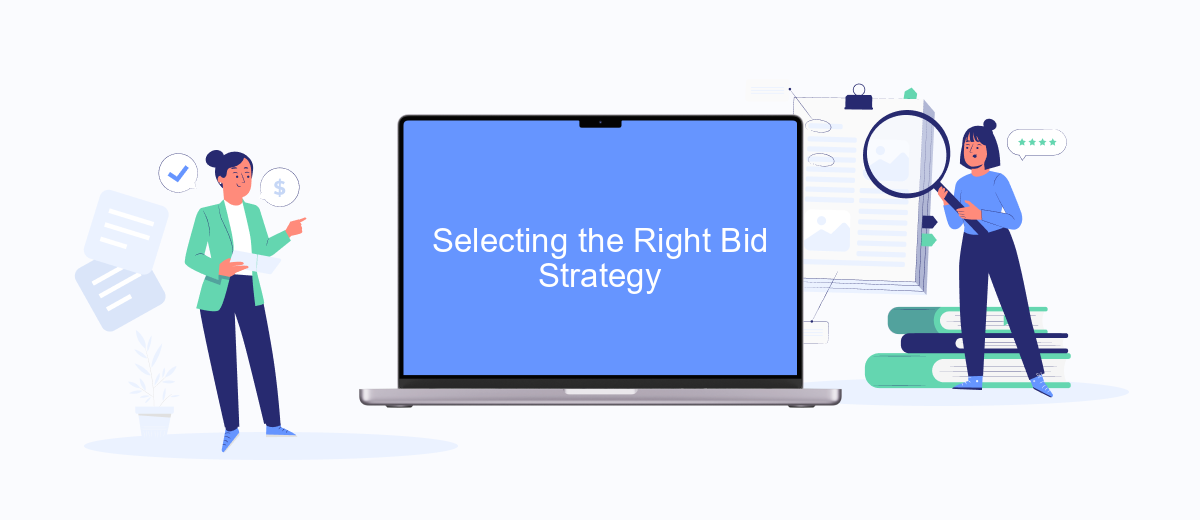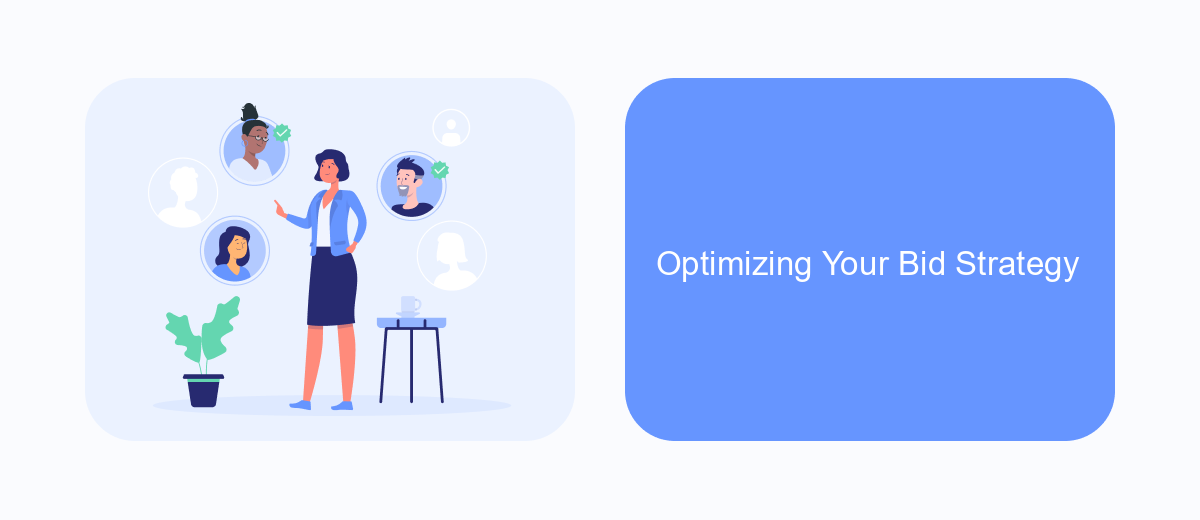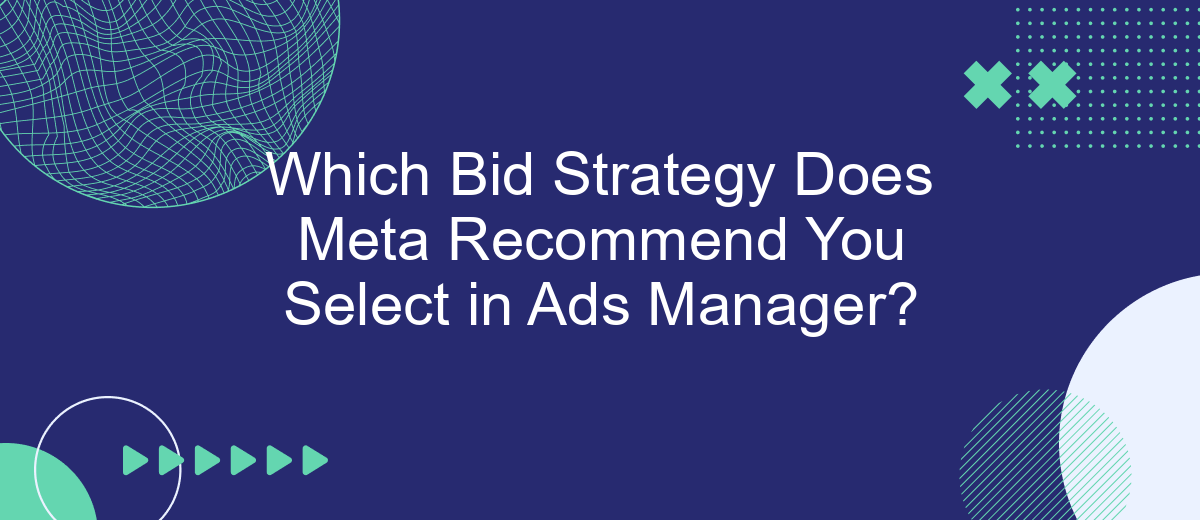When navigating the complexities of digital advertising, selecting the right bid strategy in Meta's Ads Manager can significantly impact your campaign's success. This article delves into the recommended bid strategies by Meta, offering insights to help you maximize your ad spend, reach your target audience effectively, and achieve your marketing objectives with precision and efficiency.
Meta's Bid Strategy Recommendations
When it comes to choosing the right bid strategy in Meta's Ads Manager, understanding your campaign goals is crucial. Meta provides several bid strategies tailored to different objectives, ensuring that your ads perform optimally based on your specific needs.
- Lowest Cost: Ideal for maximizing conversions while spending your entire budget.
- Bid Cap: Allows you to control the maximum bid for each auction, useful for cost management.
- Cost Cap: Helps maintain a specific average cost per conversion, balancing cost and volume.
- Target Cost: Aims to keep the cost per conversion consistent over time.
- Minimum ROAS: Ensures a minimum return on ad spend, useful for revenue-focused campaigns.
Choosing the appropriate bid strategy can significantly impact your campaign's success. For seamless integration and automated data management, consider using services like SaveMyLeads. This tool can help streamline your workflow by automatically transferring lead data from Meta Ads to your CRM or other applications, ensuring you never miss an opportunity to optimize your campaigns.
Bid Strategy Types

When setting up your ad campaigns in Meta Ads Manager, understanding the different bid strategy types is crucial for optimizing your budget and achieving your campaign goals. The primary bid strategies include Cost Cap, Bid Cap, and Target Cost. Cost Cap allows you to set a maximum cost per action, ensuring that Meta's algorithms aim to get you the most results within that cost constraint. Bid Cap, on the other hand, lets you set a maximum bid for each auction, giving you more control over your bid amounts but potentially limiting the number of auctions you win. Target Cost focuses on maintaining a consistent cost per action, which is beneficial for long-term budget planning and stable ad performance.
Choosing the right bid strategy depends on your specific campaign objectives and budget flexibility. For instance, if you aim to maintain a steady cost per acquisition, Target Cost might be the best option. Conversely, if you want to maximize your reach within a fixed budget, Cost Cap could be more suitable. Additionally, integrating services like SaveMyLeads can automate lead management and ensure that your ad spend is efficiently utilized by seamlessly transferring leads from your campaigns to your CRM or other marketing tools, enhancing your overall ad strategy.
Selecting the Right Bid Strategy

Choosing the right bid strategy in Meta's Ads Manager is crucial for maximizing your campaign's performance. It's essential to align your bid strategy with your business goals, whether it's driving conversions, clicks, or impressions. Here are some steps to help you select the most suitable bid strategy:
- Identify your campaign objective: Determine whether your primary goal is to increase brand awareness, drive traffic, or generate leads.
- Understand the bid strategies: Learn about different options such as Cost Cap, Bid Cap, and Target Cost, and how they align with your objectives.
- Analyze your budget and competition: Consider your budget constraints and the competitive landscape to choose a strategy that maximizes your ROI.
Additionally, integrating tools like SaveMyLeads can streamline your ad management process by automating lead data transfers and ensuring timely follow-ups. This helps in optimizing your campaigns further and achieving better results. By carefully selecting and continuously monitoring your bid strategy, you can ensure that your Meta ads are both effective and efficient.
Optimizing Your Bid Strategy

Optimizing your bid strategy in Meta Ads Manager is crucial for achieving the best performance from your ad campaigns. To start, it's important to understand the different bid strategies available and how they align with your campaign objectives. Whether you're aiming for conversions, clicks, or impressions, selecting the right bid strategy can significantly impact your results.
Once you've chosen a bid strategy, continuous monitoring and adjustments are key. Regularly review your campaign performance and make necessary tweaks to your bids based on real-time data. This helps in maintaining optimal performance and ensures that your budget is being used effectively.
- Set clear campaign objectives.
- Choose a bid strategy that aligns with these objectives.
- Monitor performance metrics regularly.
- Adjust bids based on data insights.
- Utilize automation tools for efficiency.
For seamless integration and data management, consider using services like SaveMyLeads. This tool can automate the process of transferring leads from Meta Ads to your CRM, ensuring that you never miss an opportunity to engage with potential customers. By leveraging such tools, you can focus more on strategy and less on manual data handling.
Measuring Success with Bid Strategies
Measuring the success of your bid strategies in Meta Ads Manager involves analyzing a variety of metrics to determine how well your ads are performing. Key performance indicators (KPIs) such as click-through rates (CTR), conversion rates, and return on ad spend (ROAS) are essential for evaluating the effectiveness of your bid strategy. By comparing these metrics before and after implementing a new bid strategy, you can gain insights into its impact on your campaign's performance.
Additionally, integrating tools like SaveMyLeads can streamline the process of tracking and measuring these KPIs. SaveMyLeads allows you to automate the transfer of lead data from Meta Ads Manager to your CRM or other marketing tools, ensuring that you have real-time access to crucial performance data. This integration not only saves time but also enhances the accuracy of your performance analysis, enabling you to make more informed decisions about your bid strategies.
- Automate the work with leads from the Facebook advertising account
- Empower with integrations and instant transfer of leads
- Don't spend money on developers or integrators
- Save time by automating routine tasks
FAQ
What is the recommended bid strategy for new advertisers in Meta Ads Manager?
How does the "Lowest Cost" bid strategy work?
When should I consider using the "Bid Cap" strategy?
What is the "Target Cost" bid strategy and when should I use it?
Can I automate and optimize my bid strategies using external tools?
Don't waste another minute manually transferring leads from Facebook to other systems. SaveMyLeads is a simple and effective tool that will allow you to automate this process so that you don't have to spend time on the routine. Try SaveMyLeads features, make sure that this tool will relieve your employees and after 5 minutes of settings your business will start working faster.

